There are currently some 5,200 species of animals in danger of extinction in the world. The International Union for Conservation of Nature points out that vertebrates have been the most affected animals, decreasing by up to 50%.
Factors such as climate change, hunting and habitat destruction of the species are some of the reasons that have caused many endangered species worldwide.
At Walkaholic we share a list of endangered animals in Spain so that you know a little more about these animals, their characteristics and their habitat.
Contents
How are animals declared endangered?
A species is considered endangered: plant or animal, when all the living members of that species are in danger of disappearing.
The most important organization for classifying and declaring endangered animal species is the International Union for Conservation of Nature, a non-governmental agency that is made up of institutions and states aligned with the United Nations Organization.
Classification of endangered animals according to their conservation status
There is a system to understand and classify the status and danger of extinction created by the International Union for Conservation of Nature.

The acronyms are in English and their meaning is as follows:
EX ➝ Extinct (Extinct)
EW ➝ Extinct in the Wild
CR ➝ Critically Endangered
EN ➝ Endangered (Endangered)
VU ➝ Vulnerable Status (Vulnerable)
NT ➝ Almost threatened (Near Threatened)
LC ➝ Least Concern (Least Concern)
Some animals in danger of extinction in Spain
Black stork
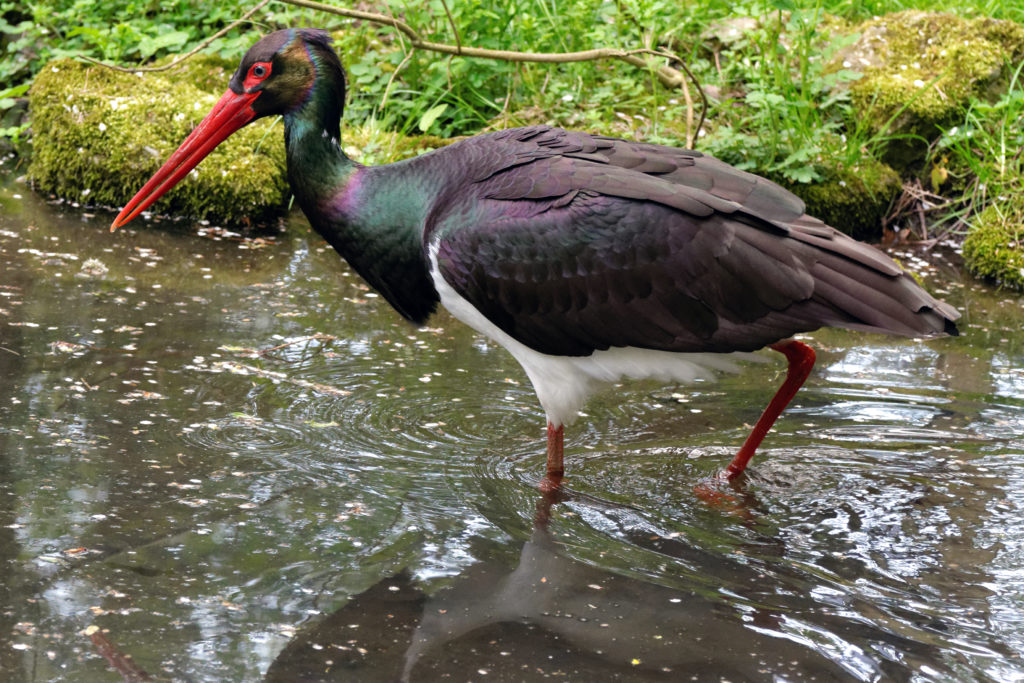
This amazing animal has legs, a neck and a long beak. The adult has feathers on its upper part, coloured green and purple metallic litmus, very evident on the head, neck, back and wing coverts. In the axillary area, ventral area, thighs and undercoats, its feathers are white.
In the Iberian Peninsula they are mainly at the north of Extremadura, specifically it is very sighted in the Sierra de Malcata Natural Reserve. Other important nesting points are found in Castilla y León, specifically in the Arribes del Duero Natural Park.
Its disappearance is mainly due to illegal hunting, hydraulic works and the installation of power lines, it is estimated that currently there are only about 200 pairs of Black Stork left.
Iberian lynx
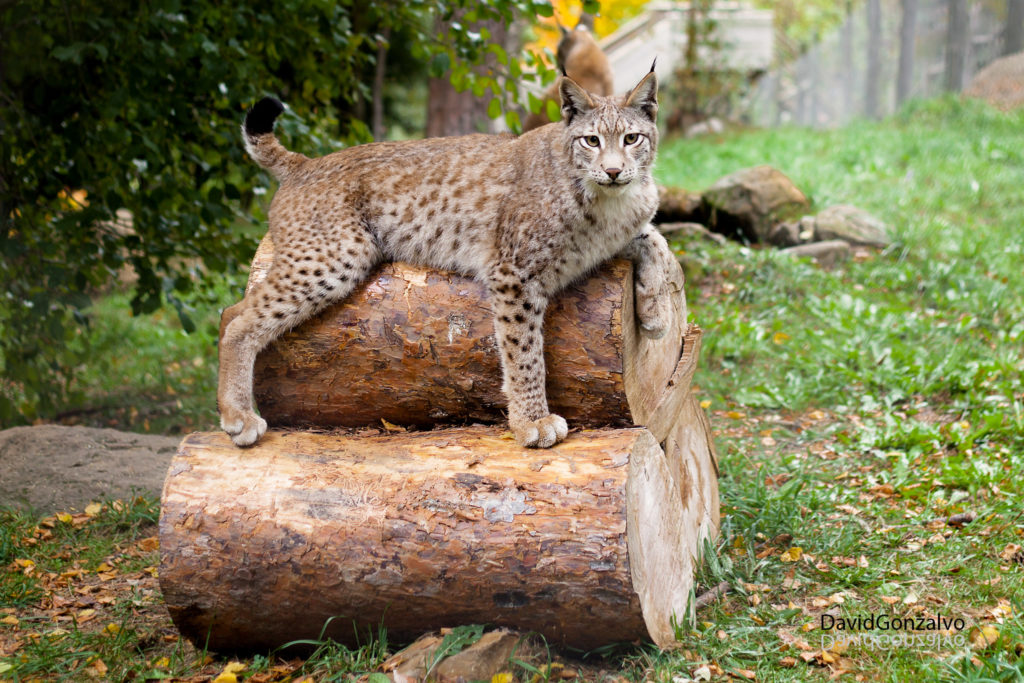
It is perhaps the best-known endangered animal in Spain. It suffered a major decline due to urban expansion and the extermination of rabbits, its main food.
Its appearance is like a wild cat with long legs and a short tail with a black tassel on the end that it usually keeps upright, beating it in moments of danger or excitement.
Currently, lynxes can be seen mainly in the Doñana National Park, in the Sierra de Cardeña and Montoro Natural Park and in the Montes de Toledo.
Greek tortoise
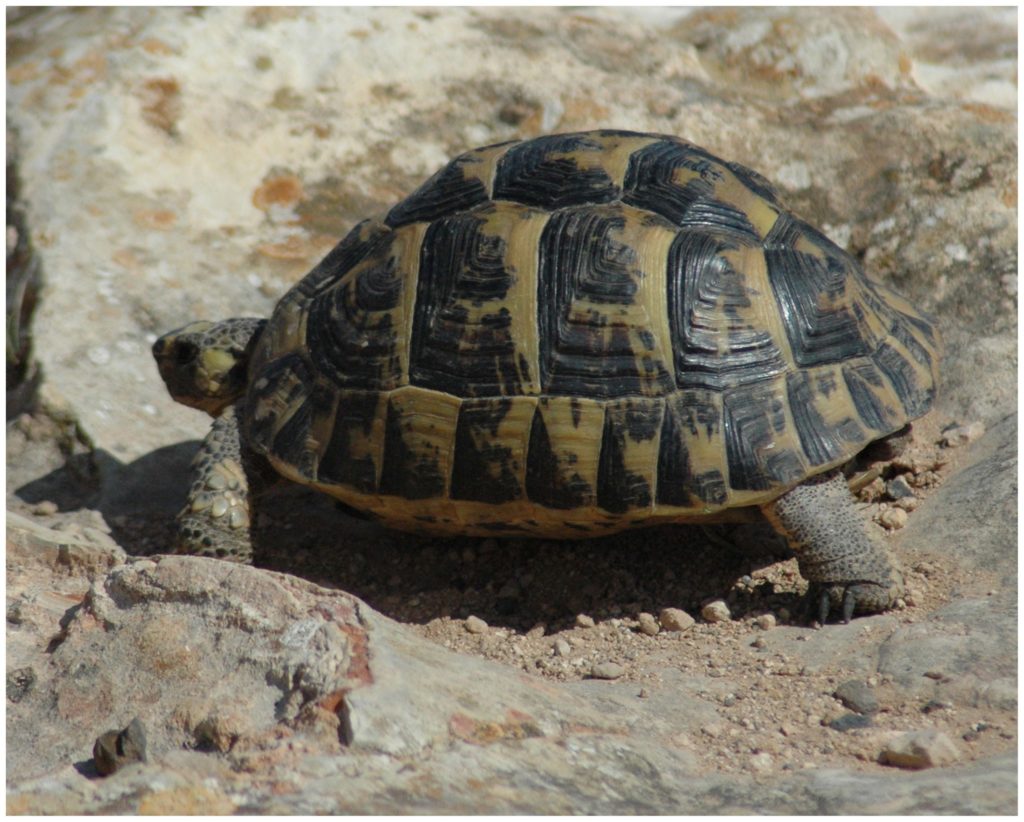
Purple turtles inhabit arid places with little rain, where small bushes and shrubs predominate. Its shell is voluminous and in tones between yellowish and olive green, although some specimens may have it almost black. Females can measure up to 18 cm, while males are smaller, up to 15 cm.
In Spain, they can be found in only three locations: in Doñana, in the south of the province of Murcia and in Mallorca.
El Hierro giant lizard
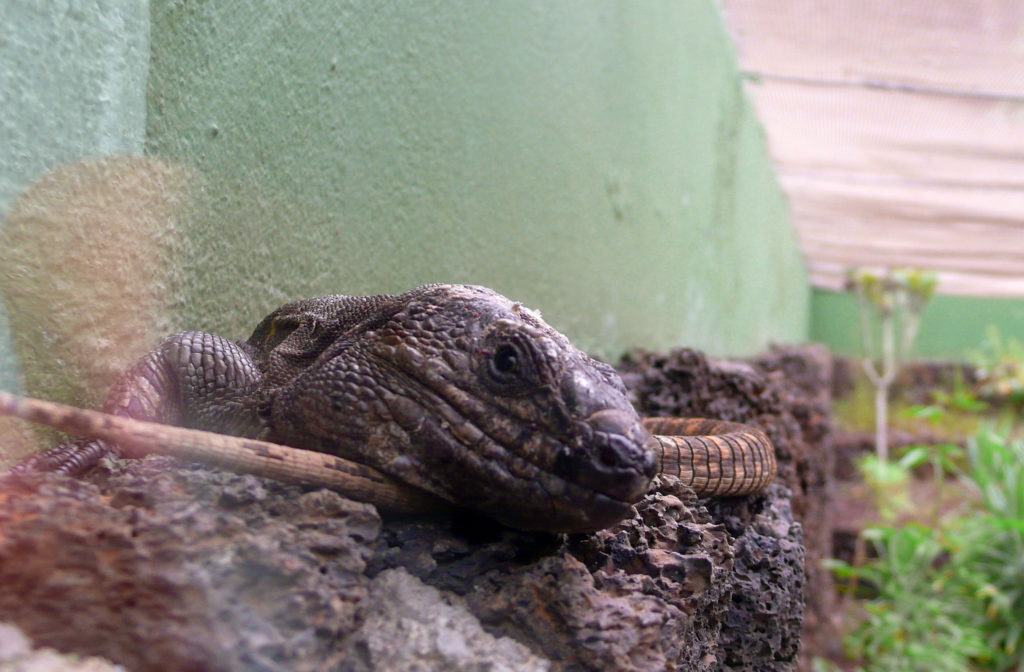
This lizard is an endemic species of the island of El Hierro that is in critical danger of extinction. It is one of the 4 giant lizards registered in the Canary Islands.
It reaches a size of 60-70 cm and is an animal with a wide head, strong body and a long tail. The males are larger and weigh about 700 gr, these reptiles can live up to 20 years.
They inhabit Isla del Hierro in arid areas and stony ground.
Basque Whale

The Basque Whale, named for being one of the most captured specimens by Basque whalers, is one of the largest animals in danger of extinction.
Its population is scarce as a result of indiscriminate hunting, it is estimated that there are around 400 specimens throughout the Atlantic.
This cetacean can measure up to 24 meters and weigh up to 70 tons.
The Bearded Vulture (Quebrantahuesos)
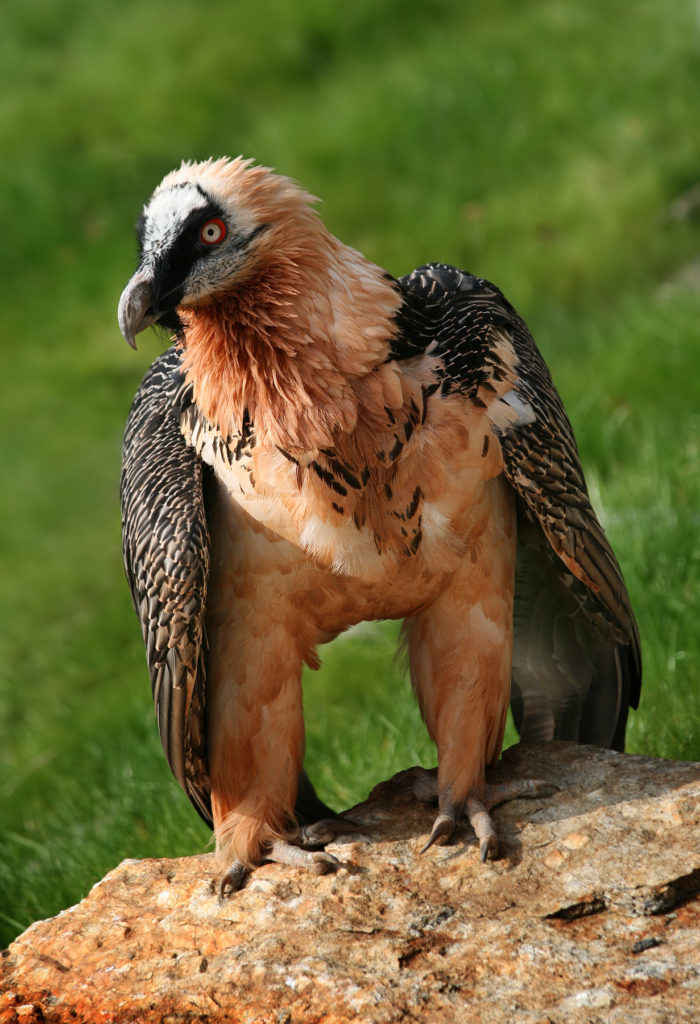
It is a vulture quite different from the rest of its species, this specimen has a head full of feathers because it does not introduce the head and neck into the body of the dead animals it feeds on.
It usually climbs bones and shells to great heights to release them, break them against the rocks and thus be able to ingest them to feed, due to this way of acting, it receives its name: Bearded Vulture (Quebrantahuesos).
Currently it can be seen in the Cantabrian mountain range thanks to the fact that it has been reintroduced and in the Aragonese Pyrenees, where more than 80 breeding pairs live, extending to Navarre and Catalonia. They inhabit steep and mountainous, where there are large ravines or cliffs.
Other animal species in danger of extinction in Spain
- Brown bear
- Cantabrian grouse
- Iberian imperial eagle
- Hubara Canaria
- Iberian desman
- Barbary sheep
- European mouflon
- Egyptian vulture
- Muzzle Viper
- Newt of Montseny
- Bigeye bat
- Malvasía Cabeciblanca
- European mink
- The grouse
- Bluefin Tuna
- The Ferretet
- Mediterranean monk seal
- Blind Crab from Los Jameos
- Common Arao
- European crayfish
The human being has a great responsibility in the care and conservation of our nature and especially of the animals that inhabit our natural spaces.
Remember that you can also help protect their habitat when you go on a hiking route: do not leave litter on the trails, do not disturb the animals, do not try to catch them and do not destroy their environment. Together we can help protect our natural wealth.
Apúntate a nuestra newsletter semanal
Te enviaremos un correo cada semana con el nuevo artículo junto a las novedades de nuestra app móvil de senderismo.

